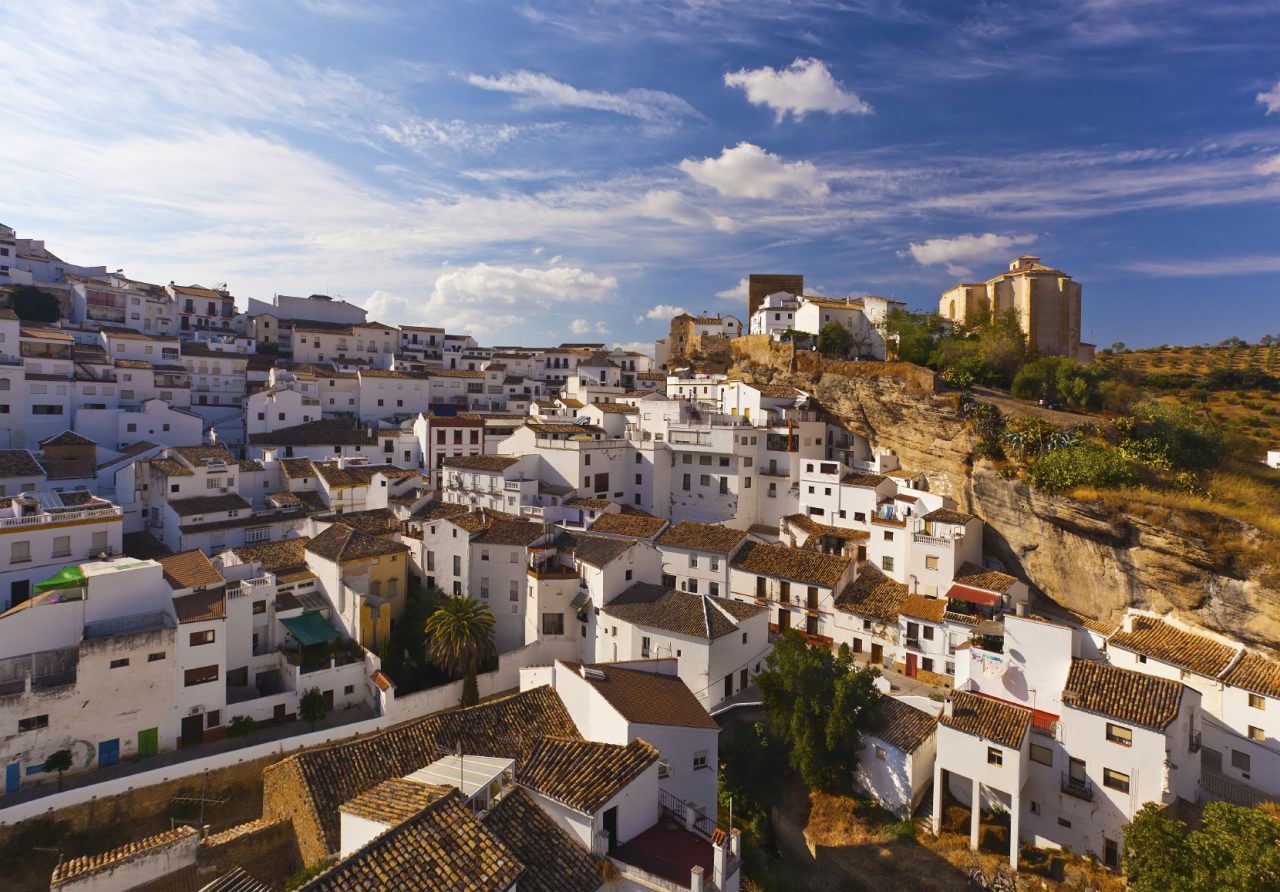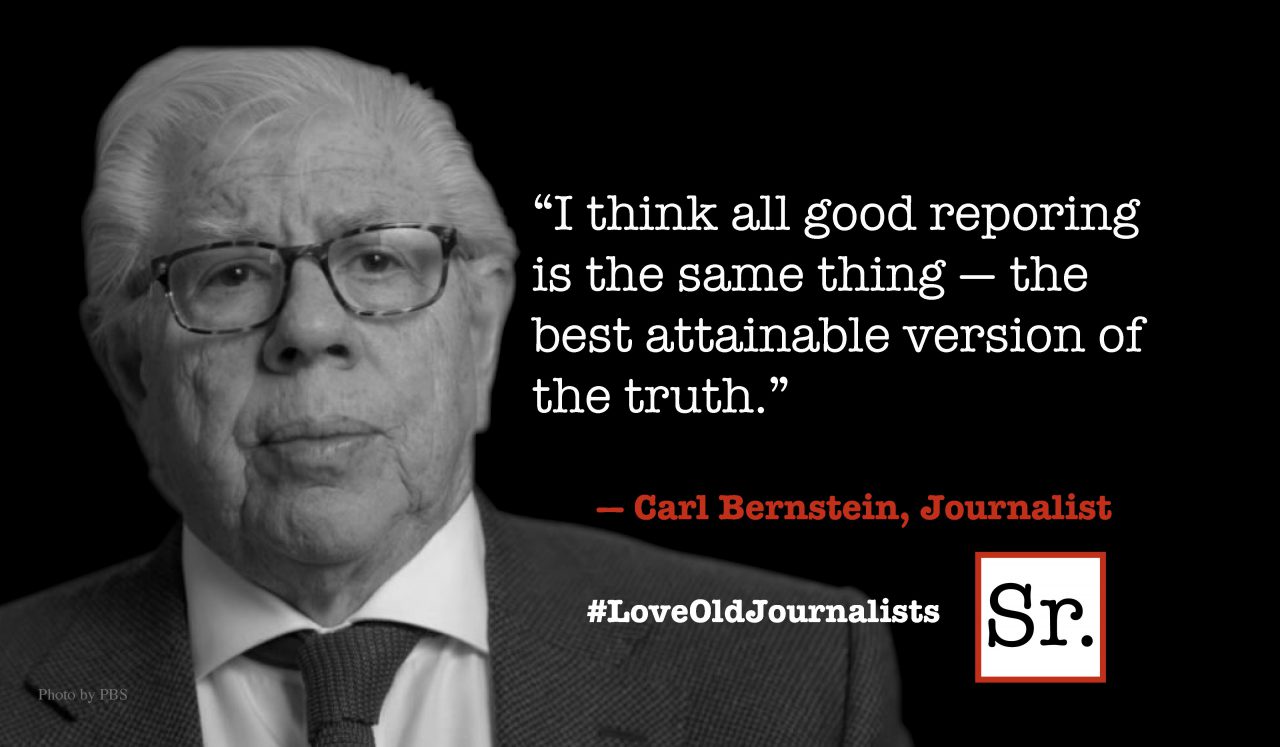Spain! It all comes back to me in an exciting montage of memories. Michael and I and our 15-year-old daughter Susan are sitting at a table in a restaurant in Madrid about five feet away from a stage, the floor of which is eye-level to where we are sitting. Lively Spanish music plays and the Flamenco dancers are whirling and twirling before us. Their heels click and stamp in rhythmic precision to the music, the castanets in their hands accompany their beat. They stand and bend and sway with dignified grace, their eyes cast down to hide their repressed passion. An irresistible flush of excitement warms us. We are in Spain! Ole!
The next day we are seated in a tier at the bullfights. The matador enters the bullring with a haughty stride as the crowd cheers. He bows gracefully and stands ramrod straight waiting for the toro to be released into the arena. The bull charges with a ferocious lunge at the figure holding the red cape. The torero executes various formal moves which have a meaning according to the bullfighter’s style or school. He seeks to elicit inspiration and art from his work and an emotional connection to the crowd. His close proximity to the bull places him at some risk of being gored or trampled. His style and bravery are regarded as equally important as to whether or not he actually kills the bull. He is judged by his agility, grace and coordination. Several picadors enter the arena and hook the bull with multiple thrusts with picas behind his ears. The matador conducts the estocada as the bull lowers its head and the matador lunges forward with the final single sword thrust which kills the bull. Ole! There is lots of blood. Susan and I avert our eyes at this point. Michael is too busy taking pictures of the proceedings to care.
Later, we are at the Prado with the elongated, astigmatic paintings of El Greco. Then, we are at a park in Granada where a magnificent tenor is singing “Granada” with all his soul as if his heart will break. We tour the Alhambra.
Now we are in our rented car riding through the green hills of Andalusia, away from the usual tourist sites. It is quiet and still and we do not see a single house or any sign of habitation for miles. We come to a hillcrest and suddenly we see below us a village shining in the sunlight like a dream. It has a mystical quality and I think of Brigadoon, the mythical village in the musical play we had recently seen on Broadway.
We ride down the hill and enter the town. We are in the village square. The people stare at us in surprise. What appears to be the mayor of the village, an Anthony Quinn look-alike to my eyes, stands before us commandingly and asks who we are. Michael answers in his best Berlitz-acquired Castilian Spanish that we are Americans who have become lost and that we are almost out of gas. The leader snaps his fingers and a young boy of about 8 appears. He is told to get into our car and show us where to get gasoline.
The boy points us to a narrow street. It is so narrow that we can almost touch the buildings on each side of us. He takes us to what seems to be a kind of general store. Michael goes in and comes out with a gasoline can with a spout. He fills up our gas tank as he converses in Spanish with the proprietor. Susan and I are so in awe of this town that we sit quietly, not daring to risk our inadequate high-school Spanish.
The people seem so comfortable with themselves and each other in their authentic surroundings but don’t seem to know how to relate to us. The boy takes us back to the village square. He gets out and returns to his place beside the man in charge. The people are polite and respectful to us but they must feel as though we are aliens from Mars. We feel respect for them and maybe a little envy for the security of their place in the world. They clearly know who they are and what that world expects of them.
We ride back to our luxurious hotel on the Costa del Sol. After a swim at the beach, we lie in the sun and again resume our role as American tourists. We shower and dress in our best clothes and go down to a dinner of paella and gazpacho. Michael orders wine. The wine steward approaches, uncorks the bottle and gives Michael a small taste of it for his approval.
Michael approves. The wine steward bows. He is drop-dead handsome and our fifteen year old Susan flutters her eyelashes and blushes demurely. We finish our delicious food and savor our wine. This is when Susan hands me a piece of paper that had been dropped into her lap. It says in perfect English, “Meet me under the balcony at 9 o’clock.” Susan wants to go. She is sweet 15 and so innocent. We spend the rest of the evening convincing her that it is not a good idea. But I understand. I almost could be tempted to meet this gorgeous Spaniard under the balcony myself.
As we sit in our seats on the plane going home with Susan’s newly acquired Spanish guitar and my painting of the senorita in her mantilla waving her fan, I savor the aura of our experience in exciting, romantic Spain.
This article originally appeared in Roadrunner Extra!, the resident newsletter of Beatitudes Campus.









